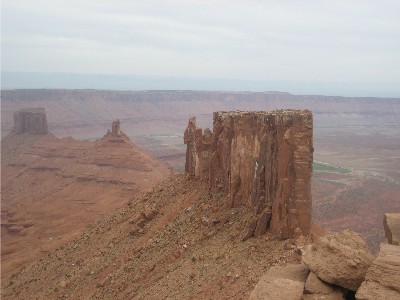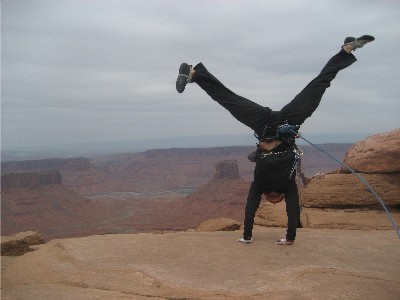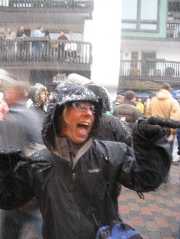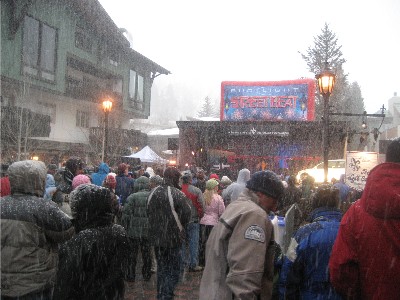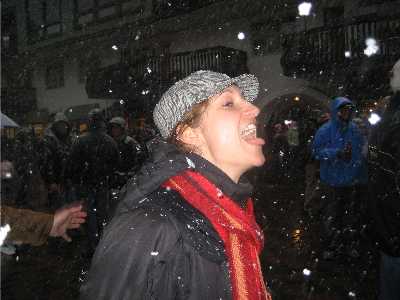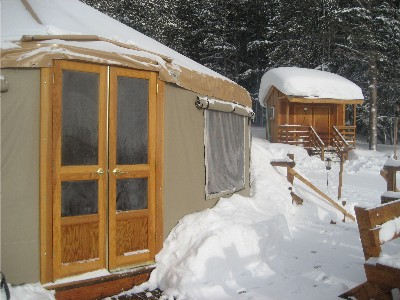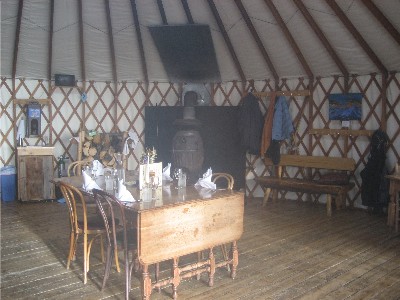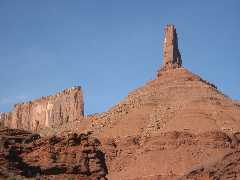 Castleton Tower is one of the most distinctive desert rock towers along Utah SR-128. It sticks up all alone out there, a red sandstone pillar, weathered and webbed with vertical cracks characteristic of this type of rock. The cracks make for good rock climbing, as you can wedge your hands and feet into them and scoot upwards, and the mild springtime temperatures make now a good time of the year to take up the challenge. Now that the ski lifts have closed at Vail, I am finding that it is just as easy to convince me to go climb as it was to convince me to go ski during the winter. Last week, I decided to roadtrip out to Moab for a few days to climb with my friend John, who is a local with a great van. I had never climbed Castleton Tower, and he had not done it in a while, so we camped nearby the night before and set out early in order to beat the crowds that turn up there at this time of the year.
Castleton Tower is one of the most distinctive desert rock towers along Utah SR-128. It sticks up all alone out there, a red sandstone pillar, weathered and webbed with vertical cracks characteristic of this type of rock. The cracks make for good rock climbing, as you can wedge your hands and feet into them and scoot upwards, and the mild springtime temperatures make now a good time of the year to take up the challenge. Now that the ski lifts have closed at Vail, I am finding that it is just as easy to convince me to go climb as it was to convince me to go ski during the winter. Last week, I decided to roadtrip out to Moab for a few days to climb with my friend John, who is a local with a great van. I had never climbed Castleton Tower, and he had not done it in a while, so we camped nearby the night before and set out early in order to beat the crowds that turn up there at this time of the year.
It was a super-windy day out, and a bit on the cold side, but after a few hours of grunting and moaning through the tight chimneys on the Kor-Ingalls route, we topped out for a view of the other magnificent towers in the area.
John led, and I climbed second behind him, mostly glad that I was not the one leading (but, of course, wishing that I were good enough to do it as smoothly as he did).
Yee haw. More springtime adventures upcoming.

